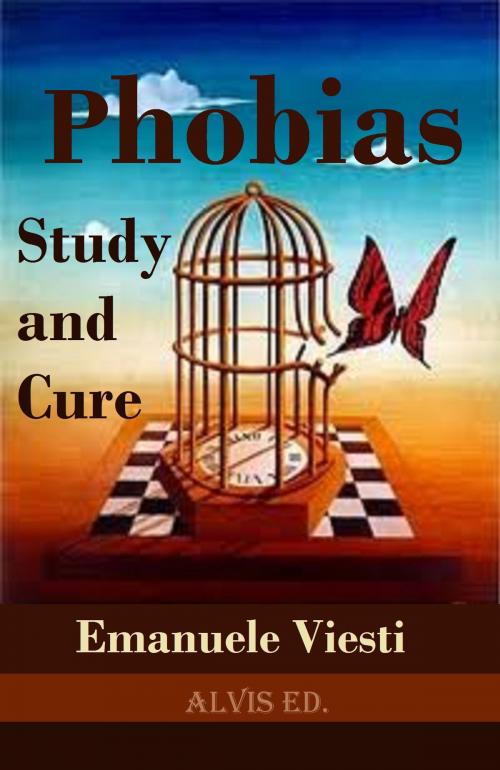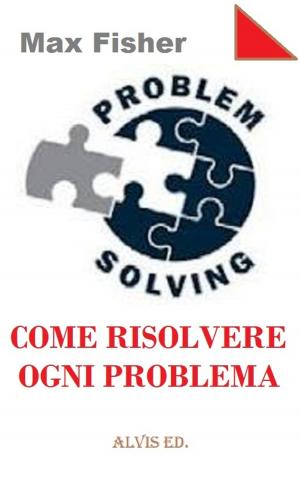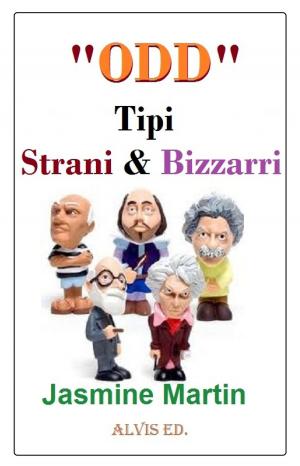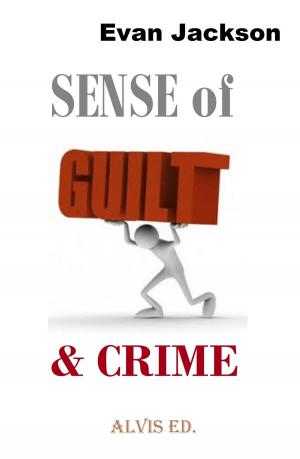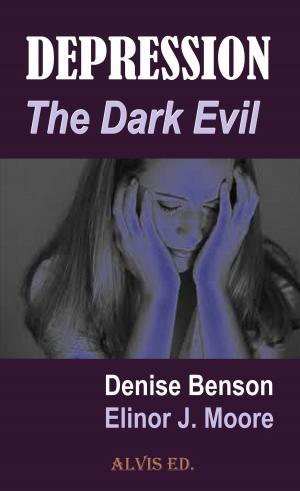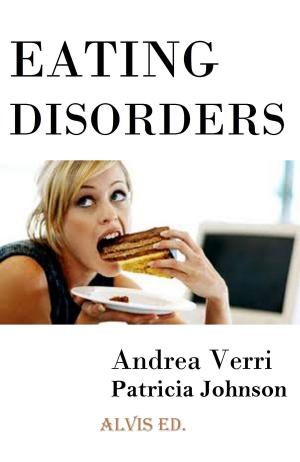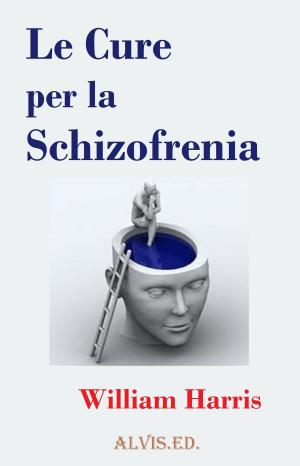Phobias: Study and Cure
Nonfiction, Health & Well Being, Psychology, Pathological Psychology, Self Help, Self Improvement| Author: | Emanuele Viesti | ISBN: | 9781476139494 |
| Publisher: | ALVIS International Editions | Publication: | June 19, 2012 |
| Imprint: | Smashwords Edition | Language: | English |
| Author: | Emanuele Viesti |
| ISBN: | 9781476139494 |
| Publisher: | ALVIS International Editions |
| Publication: | June 19, 2012 |
| Imprint: | Smashwords Edition |
| Language: | English |
The presence of the phobic object, or sometimes even just the thought of it, induces some physiological symptoms such as tachycardia, urinary and digestive disorders, nausea, diarrhea, choking, flushing, sweating, tremor and fatigue. They're evil and you want only one thing: escape. Escape, on the other hand, is a strategy of emergency. The tendency to avoid all situations or conditions that may be associated with fear, although it reduces the time the effects of fear, is actually a deadly trap: every avoidance, in fact, confirms the danger of the situation and avoided preparing the avoidance. This spiral of progressive avoidances produces an increase, not only of no confidence in their resources, but also the reaction of the phobic person to the point that it interferes significantly with the individual's normal routine, occupational functioning, or with school or with the activities or social relations.
The presence of the phobic object, or sometimes even just the thought of it, induces some physiological symptoms such as tachycardia, urinary and digestive disorders, nausea, diarrhea, choking, flushing, sweating, tremor and fatigue. They're evil and you want only one thing: escape. Escape, on the other hand, is a strategy of emergency. The tendency to avoid all situations or conditions that may be associated with fear, although it reduces the time the effects of fear, is actually a deadly trap: every avoidance, in fact, confirms the danger of the situation and avoided preparing the avoidance. This spiral of progressive avoidances produces an increase, not only of no confidence in their resources, but also the reaction of the phobic person to the point that it interferes significantly with the individual's normal routine, occupational functioning, or with school or with the activities or social relations.
